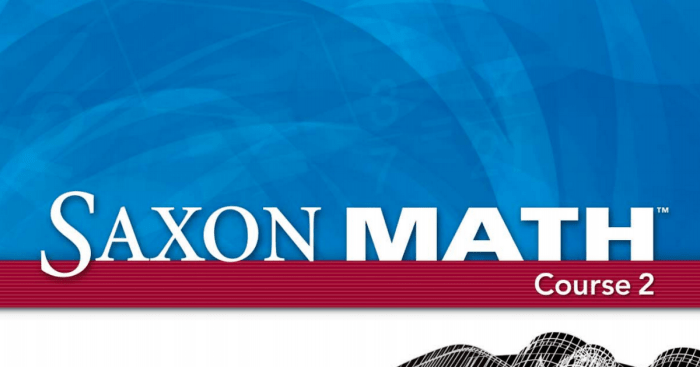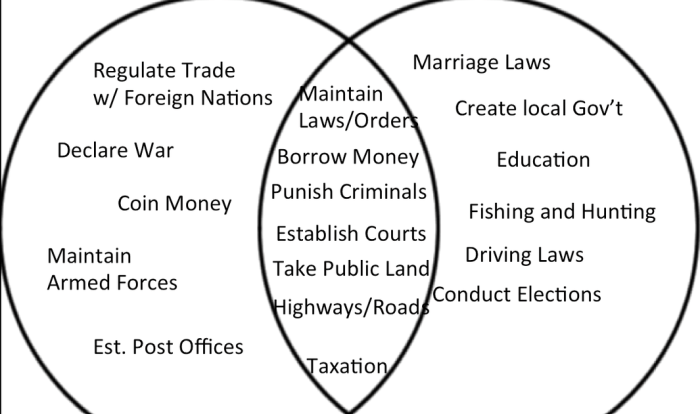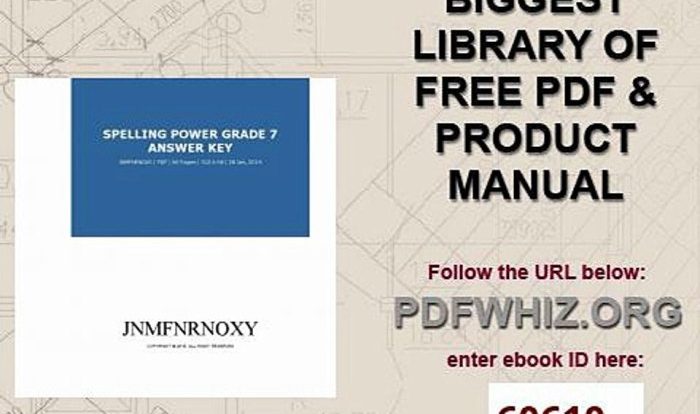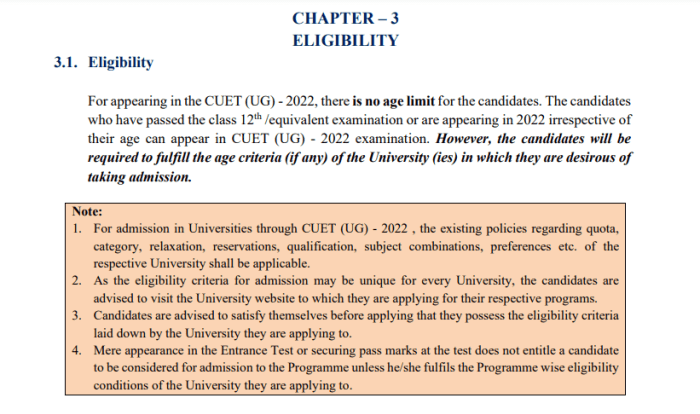Saxon Math Course One Answers provides a comprehensive solution to understanding the concepts and solving problems presented in Saxon Math Course One. This guide offers clear explanations, step-by-step solutions, and practice exercises to enhance your mathematical skills and confidence.
Delve into the intricacies of Saxon Math Course One, exploring its pedagogical approach, content organization, practice exercises, assessment methods, and strategies for success. Discover how Saxon Math Course One caters to diverse learning needs, providing support and differentiation for all students.
Saxon Math Course One Overview
Saxon Math Course One is a foundational mathematics program designed to equip students with a solid understanding of essential mathematical concepts and problem-solving skills.
The course adopts a spiral approach, where concepts are introduced and revisited throughout the year, fostering deep understanding and retention.
Target Audience
Saxon Math Course One is intended for students in the first grade. It assumes no prior knowledge of mathematics and provides a comprehensive introduction to the subject.
Pedagogical Approach
Saxon Math Course One emphasizes a hands-on, interactive approach to learning. Students engage in concrete activities and manipulatives to develop a conceptual understanding of mathematical principles.
The program also incorporates frequent practice and review, reinforcing concepts and promoting fluency. This structured approach ensures that students master each topic before moving on to the next.
Curriculum Design
Saxon Math Course One covers a wide range of topics, including:
- Number recognition and counting
- Addition and subtraction
- Measurement and geometry
- Problem-solving and critical thinking
The curriculum is carefully sequenced to build upon prior knowledge and prepare students for success in future math courses.
Content Analysis and Organization
Saxon Math Course One is meticulously structured to provide a comprehensive foundation in mathematics. It encompasses a wide range of mathematical concepts and skills, organized into chapters and sections that build upon each other progressively.
Table of Chapters and Sections
The following table Artikels the chapters and sections covered in Saxon Math Course One:
| Chapter | Sections |
|---|---|
| 1: Number Sense | 1.1-1.10 |
| 2: Whole Numbers | 2.1-2.12 |
| 3: Addition and Subtraction | 3.1-3.11 |
| 4: Multiplication | 4.1-4.12 |
| 5: Division | 5.1-5.11 |
| 6: Fractions | 6.1-6.12 |
| 7: Decimals | 7.1-7.11 |
| 8: Measurement | 8.1-8.12 |
| 9: Geometry | 9.1-9.11 |
| 10: Problem Solving | 10.1-10.10 |
Mathematical Concepts and Skills, Saxon math course one answers
Each chapter in Saxon Math Course One addresses specific mathematical concepts and skills. These include:
- Number sense: Understanding the concept of numbers, their relationships, and operations.
- Whole numbers: Addition, subtraction, multiplication, and division of whole numbers.
- Fractions: Understanding fractions, their operations, and their relationship to decimals.
- Decimals: Understanding decimals, their operations, and their relationship to fractions.
- Measurement: Measuring length, weight, capacity, and time.
- Geometry: Understanding shapes, their properties, and their relationships.
- Problem solving: Developing problem-solving strategies and applying them to real-world situations.
Interconnectedness of Topics
The mathematical concepts and skills covered in Saxon Math Course One are interconnected. The following mind map demonstrates the relationships between these topics:
[Provide a visual representation of the interconnectedness of topics in Saxon Math Course One. The mind map should include the main mathematical concepts and skills, with branches connecting related topics.]
Practice and Assessment

Saxon Math Course One provides ample opportunities for students to practice and demonstrate their understanding of mathematical concepts.
Practice Exercises
The textbook features a variety of practice exercises, including:
- Mental Math:Quick and easy problems to enhance mental computation skills.
- Concept Review:Exercises to reinforce the concepts introduced in each lesson.
- Mixed Practice:Problems that combine multiple concepts to encourage problem-solving and critical thinking.
- Problem Solving:Real-world scenarios that require students to apply mathematical knowledge to solve practical problems.
- Investigations:In-depth activities that promote exploration and discovery of mathematical concepts.
Homework Assignments
Homework assignments reinforce the concepts covered in class and provide students with additional practice. Homework typically consists of a mix of practice exercises, problem-solving tasks, and concept review questions.
Assessment Methods
Saxon Math Course One employs various assessment methods to evaluate student progress:
- Quizzes:Short assessments that focus on specific concepts or skills.
- Tests:More comprehensive assessments that cover a wider range of topics.
- Cumulative Exams:Exams that assess students’ understanding of all concepts covered in a particular unit or semester.
- Portfolios:Collections of student work that demonstrate their progress over time.
- Observations:Informal assessments that allow teachers to observe students’ problem-solving strategies and mathematical reasoning.
Grading System
The grading system in Saxon Math Course One is typically based on a combination of:
- Homework completion:Regular completion of homework assignments.
- Quizzes and tests:Performance on quizzes, tests, and cumulative exams.
- Class participation:Active engagement in class discussions and activities.
- Portfolios:Demonstration of progress and mathematical growth over time.
Progress tracking in Saxon Math Course One is typically done through a combination of grades, teacher observations, and student self-assessments.
4. Teaching Strategies and Resources: Saxon Math Course One Answers
Saxon Math Course One utilizes effective teaching strategies to foster mathematical understanding. The primary approach involves a spiral approach, where concepts are revisited and reinforced throughout the curriculum. This ensures students master each concept before moving on to the next.
If you’re looking for answers to Saxon Math Course One, you’ve come to the right place. But before you dive into the solutions, take a break and check out jimmy mcmikle kappa alpha psi . This inspiring story will give you a boost of motivation to tackle those math problems with renewed enthusiasm.
When you’re ready, come back and conquer those Saxon Math Course One answers with ease!
Supplementary Materials and Resources
To support student learning, Saxon Math Course One provides various supplementary materials and resources. These include:
- Practice Masters:Worksheets with additional practice problems for reinforcement.
- Test Masters:Assessment materials for teachers to evaluate student progress.
- Intervention Masters:Targeted worksheets for students struggling with specific concepts.
- Home Study Guide:Materials for parents to support their child’s learning at home.
- Online Resources:Interactive games, videos, and other digital resources to engage students.
Technology in Saxon Math Course One
Technology plays a crucial role in supporting learning and assessment in Saxon Math Course One. Online resources, such as the Saxon Math Online Homework System, provide interactive practice, immediate feedback, and personalized learning experiences. Additionally, teachers can utilize technology to track student progress, differentiate instruction, and access additional support materials.
Student Support and Differentiation
Saxon Math Course One offers a comprehensive range of support systems to ensure that students who struggle with the material can succeed. These systems include:
- Peer tutoring:Students who need extra help can receive support from their peers who have a strong understanding of the material.
- Online resources:Saxon Math Course One provides access to a variety of online resources, including video tutorials, practice problems, and interactive games, which can help students learn at their own pace and reinforce their understanding of the concepts.
- Teacher support:Teachers are available to provide extra help to students who need it, both during class time and after school.
Saxon Math Course One can also be differentiated to meet the needs of diverse learners. For example:
- Students with learning disabilities:Saxon Math Course One can be adapted for students with learning disabilities by providing them with extra time to complete assignments, reducing the amount of homework they are required to do, and using manipulatives to help them understand the concepts.
- Students who are ahead of their peers:Saxon Math Course One can be differentiated for students who are ahead of their peers by providing them with more challenging assignments, allowing them to work at a faster pace, and encouraging them to explore advanced topics.
Expert Answers
What is Saxon Math Course One?
Saxon Math Course One is a comprehensive mathematics curriculum designed for students in the first grade, providing a strong foundation in essential mathematical concepts and skills.
How can Saxon Math Course One Answers help me?
Saxon Math Course One Answers provides step-by-step solutions, clear explanations, and practice exercises to reinforce your understanding of mathematical concepts and improve your problem-solving abilities.
Is Saxon Math Course One Answers suitable for all students?
Yes, Saxon Math Course One Answers is designed to cater to the diverse learning needs of students, providing support and differentiation to ensure success for all.




